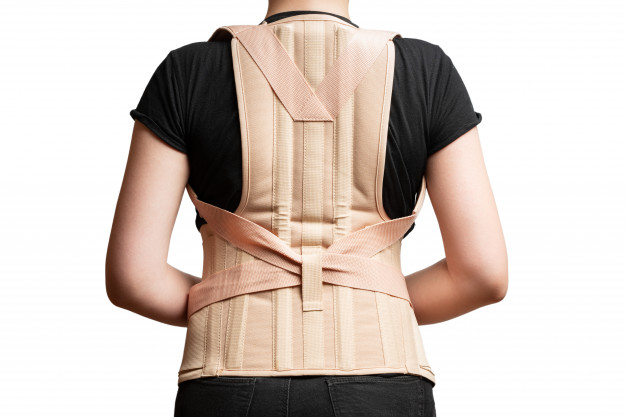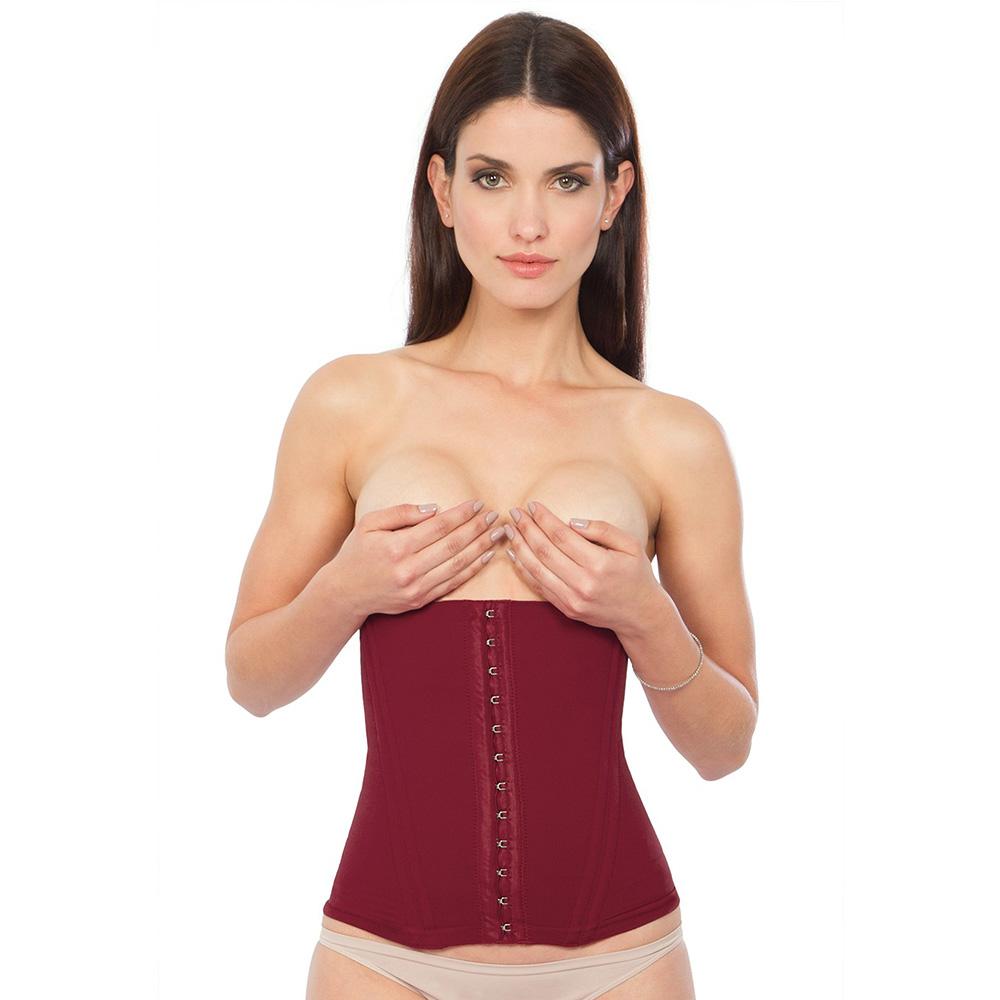Undergoing surgery means going through the post-operative period – which, besides being uncomfortable and painful, can take a long time. However, with the advancement of technology, there are many options to make this period easier and ensure a comfortable and effective recovery. Among these options are compression garments! Today, we will talk about the main reasons to use this garment![1]Adebowale, T. (2020, December 23). A Guide To Using Compression Garments After Surgery | The AEDITION. Aedit.Com | Aesthetic Edit. … Continue reading

EVERYTHING ABOUT COMPRESSION GARMENTS
Although many people think compression garments are only useful for aesthetic purposes, that’s not true at all. They are often prescribed by surgeons for post-op, for many different reasons! In short, they are recommended because they help reduce the swelling at the same time they support the core muscles that are weakened after a surgery.
WHO SHOULD USE A COMPRESSION GARMENT AND WHY?
Since most surgeries affect muscles and cause swelling, most patients can use a compression garment for its benefits. Among the most popular surgeries that require the use of compression are body contouring ones – like liposuction, arm lift, and butt lift -, C-sections, breast reductions, and mastectomies.
When the body goes through invasive surgery, it increases the amount of fluid and white blood cell production where the surgery happened. This causes common post-op swelling. Therefore, with a compression garment, the fluids won’t concentrate on the operation, making it easier to heal faster and better!
Not only does compression garments help with the swelling, but it also helps to avoid bruising and minimize possible scars. Awesome, right?
WHAT TYPE OF COMPRESSION GARMENT SHOULD YOU USE?
There are different types of compression garments available in the market, and deciding which one you should buy depends on the procedure you went through. If the surgery happened at the buttocks area, opt for a piece that provides support to that area of your body – like the one below, from the Brazilian brand Plié.

If the surgery happened in the chest area, go for a bra-shaped piece. However, if the procedure was done in the abdomen (like a tummy tuck), use a compression garment that is shaped like a shirt or like a corset, ok?
We recommend you the compression corset below, with an easy-to-wear front opening and really comfortable fabric!

THE PROPER FITTING
Another reoccurring question is “How do I know if a compression garment fits properly?” and it’s important to know the answer to that. Although the main objective of the piece is to press certain body areas, it shouldn’t feel too tight or uncomfortable.
To make sure you’ll buy a piece that fits you correctly, measure yourself and remember that you are going to be swelling after the surgery – so going up one size will probably be best. Another tip is to buy 2 compression garments: one for the first few weeks or month after the surgery (when the swelling is at its worst) and one for a few months after the procedure!
AMOUNT OF TIME YOU’LL NEED TO USE IT
The amount of time that a compression garment needs to be worn depends on the procedure the patient went through. Normally, doctors recommend that the patient use it full-time for 1-3 weeks after the surgery (only taking it off for showering). After that, the amount of usage starts to decrease.
If you’re worried about the garment showing when you go out, don’t! Nowadays, there are incredible compression pieces available that are basically seamless under outfits. If you are going through (or you went through) a tummy tuck, for example, you can choose a compression corset such as this lovely one from Plié!

We hope our article helped you with your main doubts about compression garments! Remember that you should talk to your doctor before using one, ok? And if you want to see more fantastic post-operative garments options, go to Metro Brazil’s website!
References
